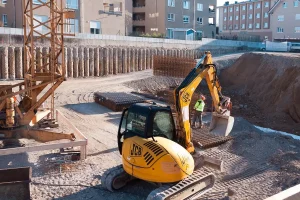1.
Define Your Audience:
– Identify the target audience for your newsletter (e.g., families, young professionals, students).
– Consider their interests, preferences, and the type of events they are likely to attend.
2. Newsletter Structure:
– Header: Catchy and relevant to the weekend events.
– Featured Event: Highlight the most exciting or popular event of the weekend.
– Event Listings: Provide a concise list of free events with key details.
– Tips and Recommendations: Share local insights, tips, and recommendations to enhance the weekend experience.
– Community Spotlight: Showcase a local business, artist, or organization each week.
3. Content Categories:
– Arts and Culture: Feature art exhibits, theater performances, and cultural events.
– Outdoor Activities: Highlight parks, hiking trails, and outdoor festivals.
– Family-Friendly: Include events suitable for families with children.
– Food and Drink: Promote local food markets, food truck festivals, or culinary events.
– Live Entertainment: Cover live music, comedy shows, or local performances.
– Community Events: Share neighborhood gatherings, volunteer opportunities, or community workshops.
4. Event Promotion:
– Collaborate with local event organizers and businesses for cross-promotion.
– Encourage user-generated content by inviting readers to share their experiences from featured events.
5. Engaging Content:
– Use captivating headlines and images to grab attention.
– Incorporate brief event descriptions, dates, times, and locations.
– Include links to event websites or additional information.
– Provide insider tips or behind-the-scenes insights for featured events.
6. Consistency and Schedule:
– Decide on a consistent publishing schedule (e.g., every Thursday for the upcoming weekend).
– Ensure timely delivery to keep your audience well-informed.
7. Interactive Elements:
– Include polls or surveys to gather feedback on past events or preferences.
– Encourage readers to submit their favorite events for inclusion in future newsletters.
8. Social Media Integration:
– Share snippets from the newsletter on social media platforms to drive engagement.
– Create event-specific hashtags to encourage user participation.
9. Metrics and Feedback:
– Monitor open rates, click-through rates, and subscriber feedback.
– Use analytics to understand which events are most popular among your audience.
10. Promote Local Businesses:
– Collaborate with local businesses for sponsored content or discounts.
– Feature local vendors or sponsors in your newsletter to support the community.
11. Seasonal and Holiday Themes:
– Incorporate seasonal themes or highlight events related to upcoming holidays.
12. Adaptability:
– Stay flexible and adapt your strategy based on audience feedback and changing local trends.
By following these steps, you can create a well-rounded content strategy that keeps your readers engaged and excited about the free local weekend events in your area.




